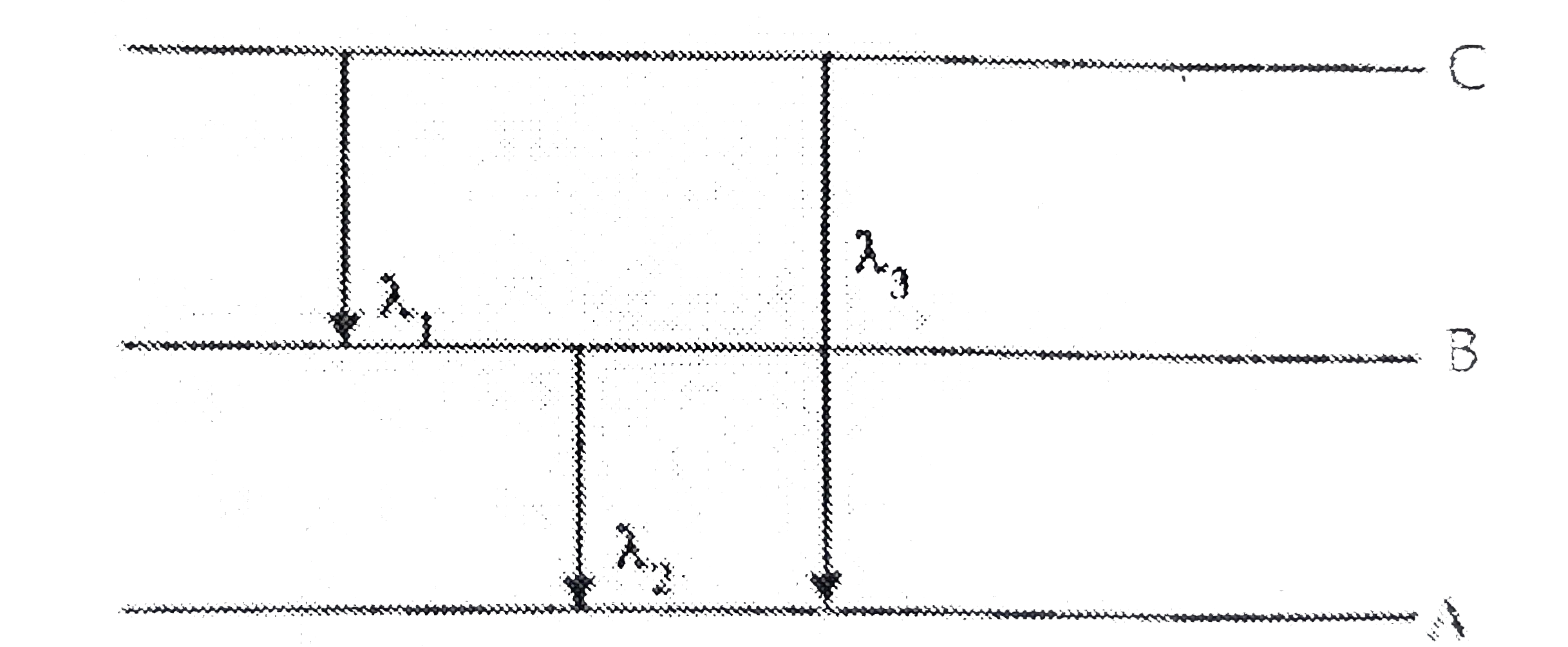State de Broglie hypothesis.
Learn de Broglie hypothesis. The amount of energy required to remove an electron from an isolated atom or molecule is called ionization energy.
Similar Questions
What is de Broglie hypothesis? What conclusion can be drawn from Davisson and Germer’s experiment?
View Solution(i) State Bohr's quantization condition for defining stationary orbits . How does de- Broglie hypothesis explain the stationary orbits ?
(ii) find the relation beween the three wavelengths
λ1,λ2 and λ3 from the energy level diagram shown :

View SolutionDerive Bohr's quantisation condition for angular momentum of orbiting electron in hydrogen atom using De Broglie's hypothesis.
View SolutionChoose the correct alternatives
A. Ratio of de-Broglie wavelengths of proton and α-particle of same kinetic energy is 2L1
B. if neutron, α-particle and β-particle all are moving with same kinetic energy , β-particle has maximum de-Broglie wavelength
C. de-Broglie hypothesis treats particles as waves
D. de-Broglie hypothesis treats waves as made of particles
View SolutionState Avogadro's hypothesis.
View SolutionState Atomic hypothesis.
View SolutionAn electron with velocity v is found to have a certain value of de Broglie wavelength .The velocity that the neutron should process to have the same de Broglie wavelength is
View Solution(i) State how de - Broglie wavelength (λ) of moving particles varies with their linear momentum (p).
(ii) State any one phenomenon in which moving particles exhibit wave nature.
View SolutionDraw a graph showing the variation of de Broglie wavelength of a particle of charge q and mass m with accelerating potential. Proton and deuteron have the same de Broglie wavelengths. Explain which has more kinetic energy.
View SolutionPick out of the correct statement about de Broglie concept
View Solution
